“Drink your tea slowly and reverently, as if it is the axis on which the world earth revolves – slowly, evenly, without rushing toward to the future.”
Buddhist monk Thich Nhat Hanh
The drinking of Maghrebi (Moroccan) mint tea in North Africa is a time-honoured social activity, as well as a ceremonial ritual performed by the head male of a family when inviting a guest as a show of hospitality. The recipe is a mixture of fresh spearmint, castor sugar, water, and gunpowder tea (green tea leaves rolled into pellets), and is served with both sweet and savoury food.
This traditional concoction got us interested in learning more about the different types of tea in the world, of which there are literally thousands.
If you’re anything like us, you’re already getting excited to learn about all the different kinds of tea that exist in the world. We’ll be discussing the most popular types that come to mind, these being green, black, white, oolong, and herbal tea. We’ve also placed the preferable stewing time in brackets next to each tea type in case you want to try tasting them for yourself!
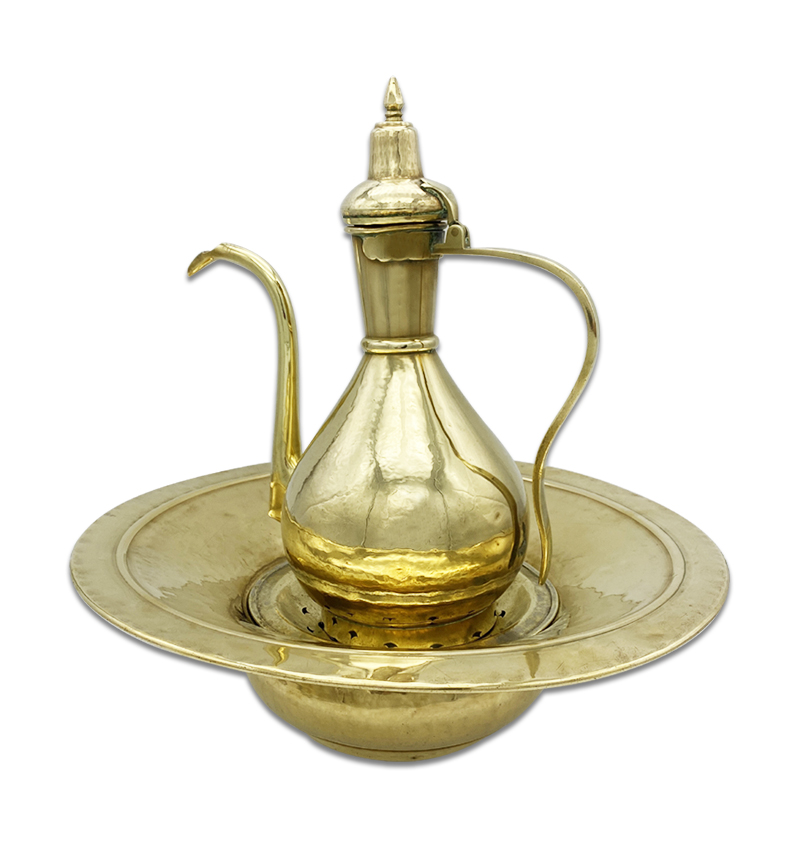
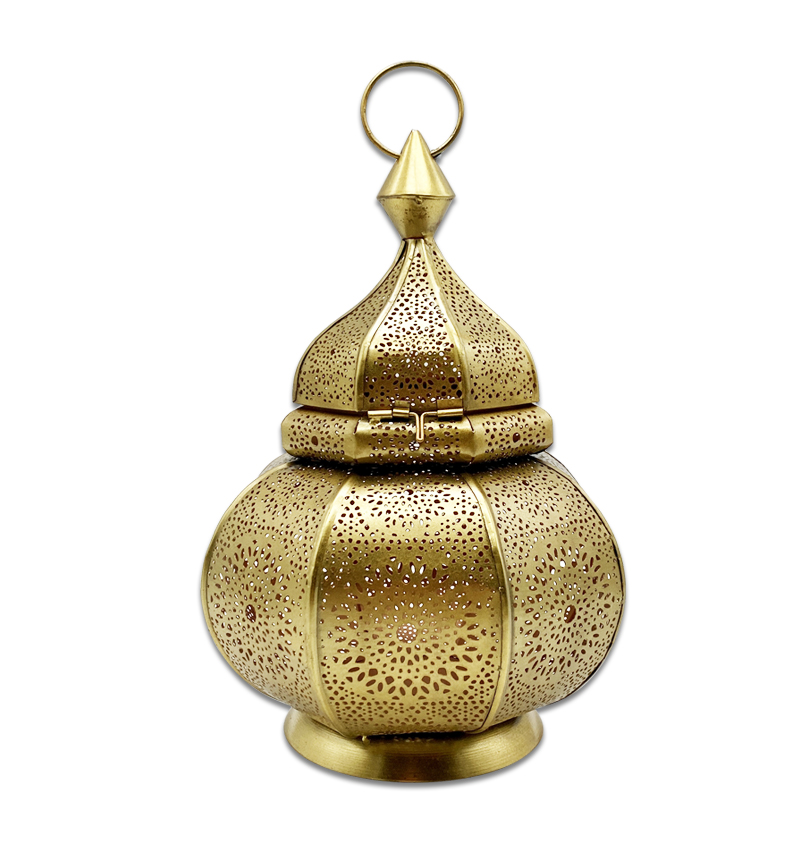
Something we weren’t aware of before doing our research was that the majority of tea comes from one plant: Camellia sinensis. It’s actually the type of preparation process that results in different tea varieties, including withering, rolling, oxidising, and drying.
We also refer to tea ‘flushes’, of which there are four that produce bolder flavours as we progress through the year. These start with the first flush, occurring between February and April, producing less oxidised and more expensive teas that should be consumed within a year, such as Darjeeling. The third flush, between July and October, produces less complex and therefore less expensive tea leaves, and are typically used for commercial tea bags.
GREEN TEA
Prep. time: 45 seconds – 1 minute
Green tea usually incorporates all parts of the tea shrub rather than just the leaves. As a result, most green tea has an earthy flavour. However, it’s still less processed than black tea and oolong tea. The most popular examples of green tea include Sencha and Matcha. With regards to Matcha green tea, traditional Japanese teahouses employ a meticulous tea-making ceremony that approaches an almost philosophical awareness of oneself. The ritual is an exercise in patience, with the idea being that harmony of the soul results in palatable tea.
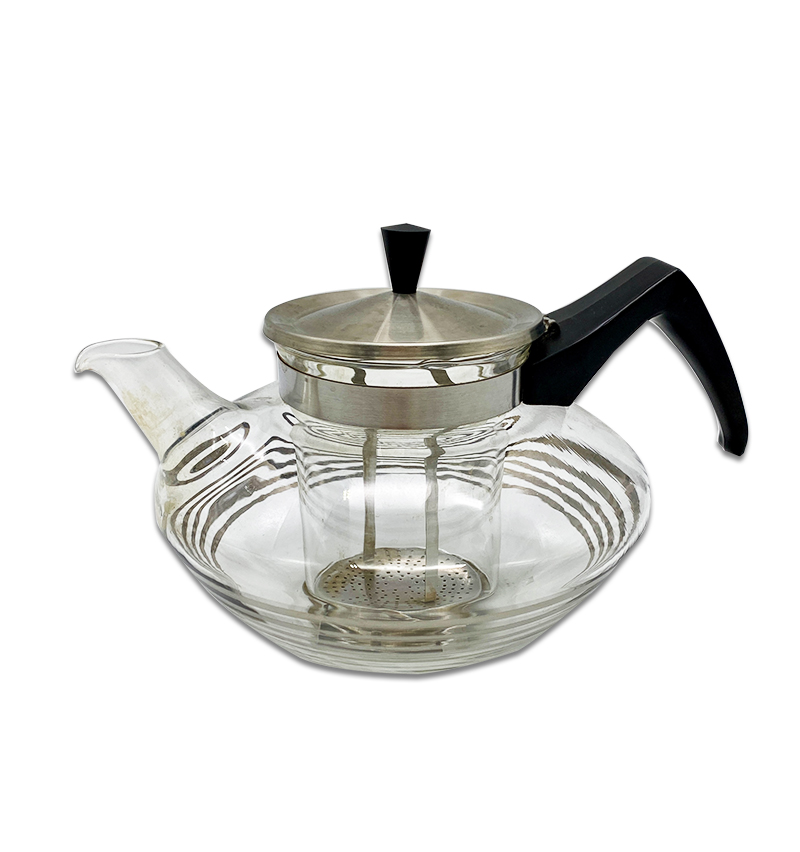
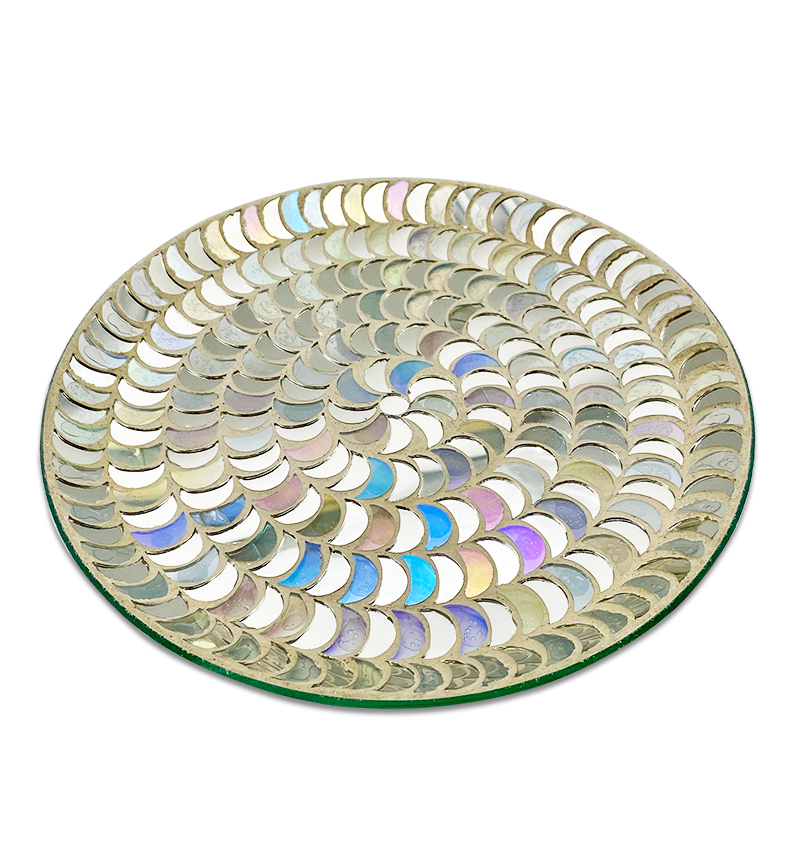
BLACK TEA
Prep. time: 2 – 3 minutes
Black tea is the most popular tea type in the Western world, having a very bold, stronger flavour. It’s most commonly found in teabag form in supermarkets. It’s the tea of choice for making iced tea from scratch, and is usually blended, as with breakfast and chai teas, as the flavour is much easier to manipulate with additives like sweeteners, milk, and/or cream. Some famous examples of black tea varieties include Darjeeling and Ceylon.
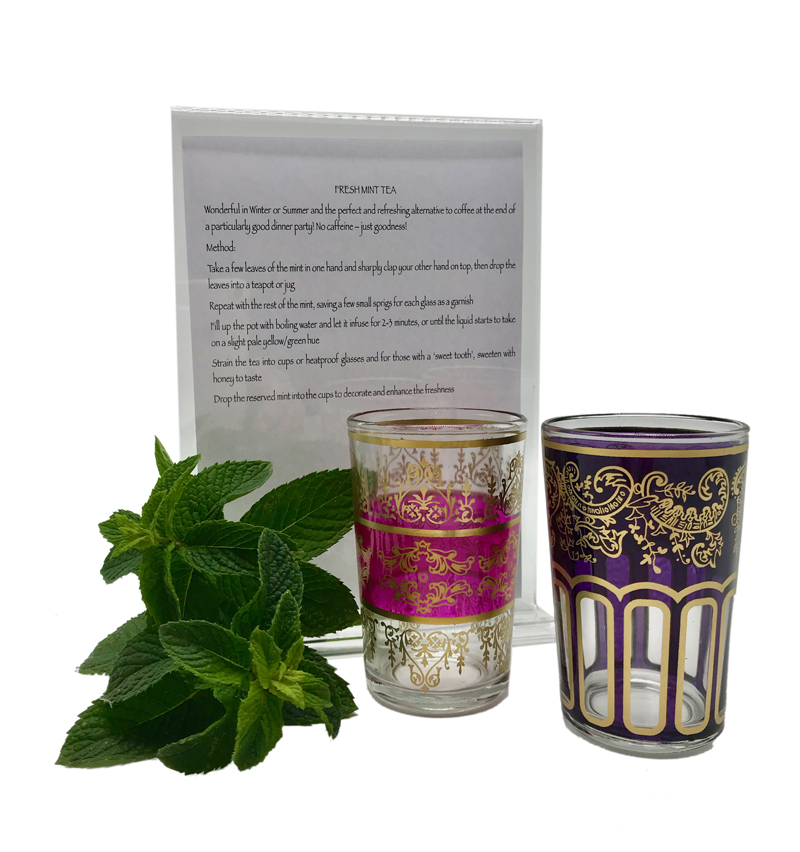
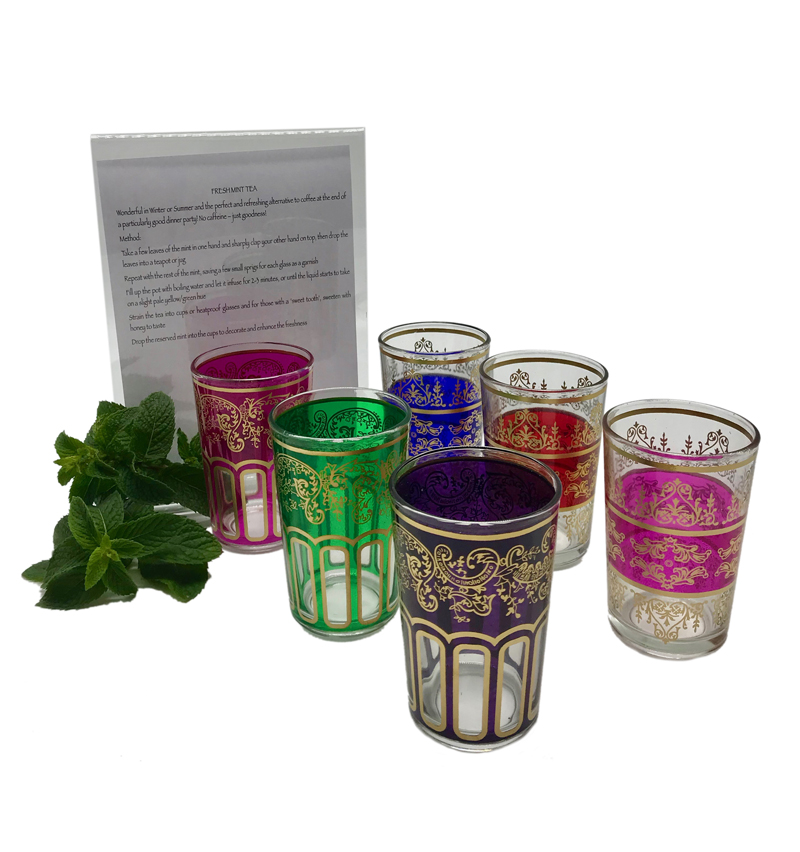
OOLONG TEA
Prep. time: 3 minutes
Oolong tea lies somewhere between black and green tea, neither too dark nor too light, and having a range of flavours. Oolong tea has some of the best health benefits associated with tea types, such as diabetes prevention, weight loss, and bone strength improvement. However, it’s not commonly found in Western shops.
WHITE TEA
Prep. time: 4 – 5 minutes
White tea is the least processed out of all teas, having very light flavours and aromas. It’s got a sweet, floral quality to it. Like oolong tea, it’s less common than other more mainstream teas, so much so that it’s commonly used only as a base for herbal/infusion teas. For example, jasmine tea is actually a combination of a white tea base and the jasmine plant.
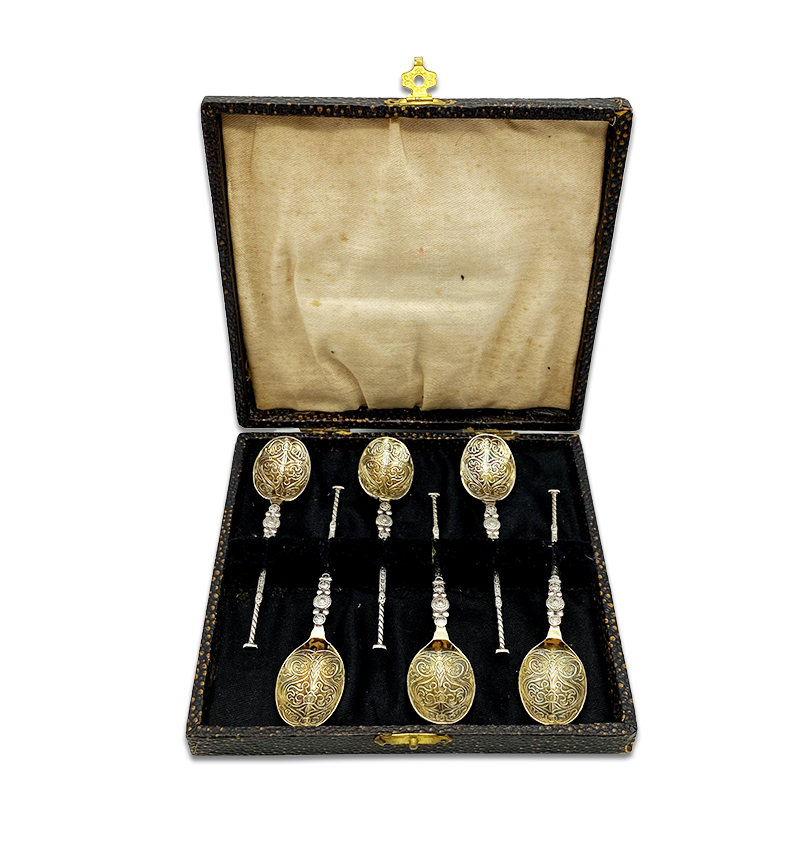
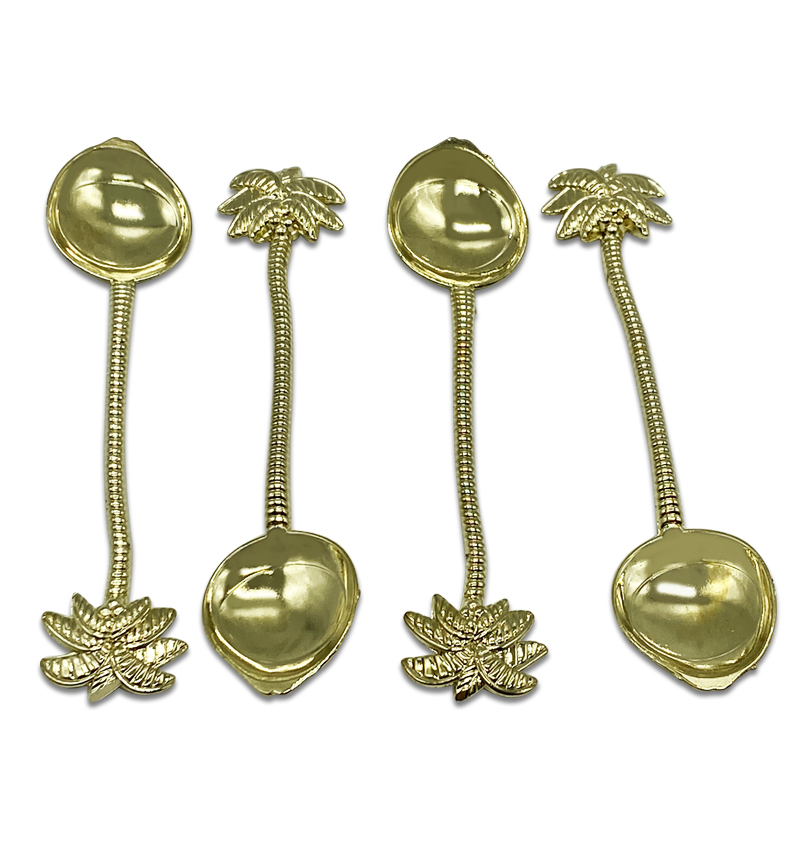
HERBAL/INFUSION TEA
Prep. time: 5 – 6 minutes
Herbal teas are not real teas, in that they’re actually infusions of flowers, roots, herbs, and/or fruits. Apart from black tea, herbal teas are the most popular in Western societies, with their light, floral, sweet flavours and aromas easily being appreciated. Herbal teas are also taken for their many health-related properties.
Some immediately recognisable examples include chamomile, mint, ginger, eucalyptus, and ginseng. These can also be made into fusion teas by adding other ingredients, such as honey and vanilla.
Chamomile tea has a number of health benefits. It’s very gentle on an upset stomach, and has calming properties. Combined with the fact that it has the lowest caffeine content out of all herbal teas, you’ll often see chamomile marketed as a great sleep aid.
Mint tea has similar health properties to chamomile. It’s an anti-inflammatory, can provide stress relief, speeds up metabolism (resulting in weight loss), as well as soothe an upset stomach. It’s also often combined with eucalyptus as an immune system booster for flu prevention.
Ginger root is rich in antioxidants, and is great for curing nausea, indigestion, and muscle pain.
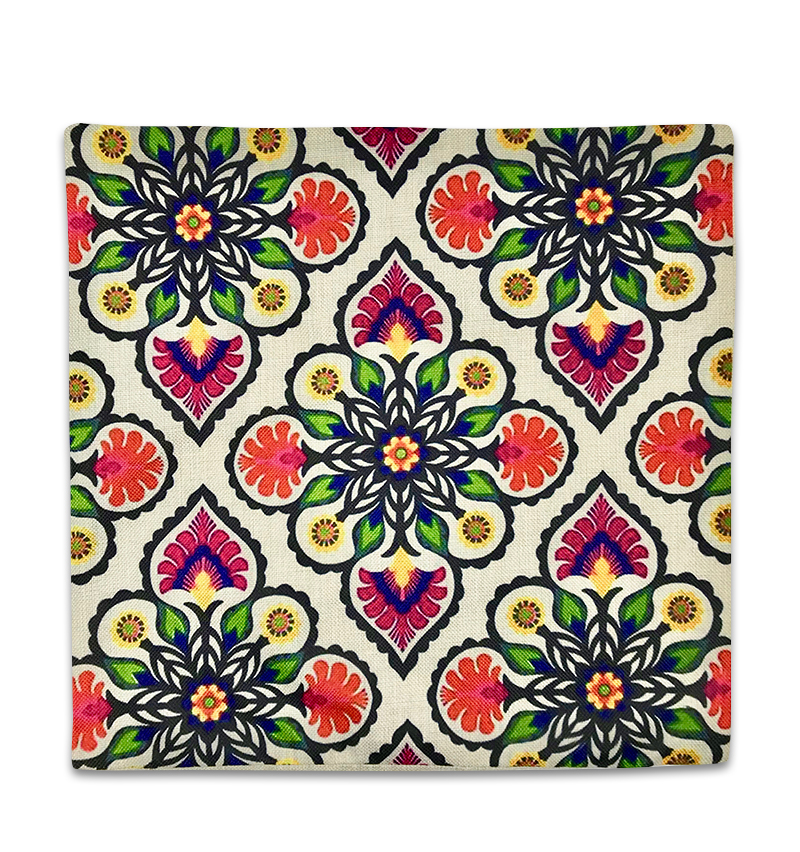
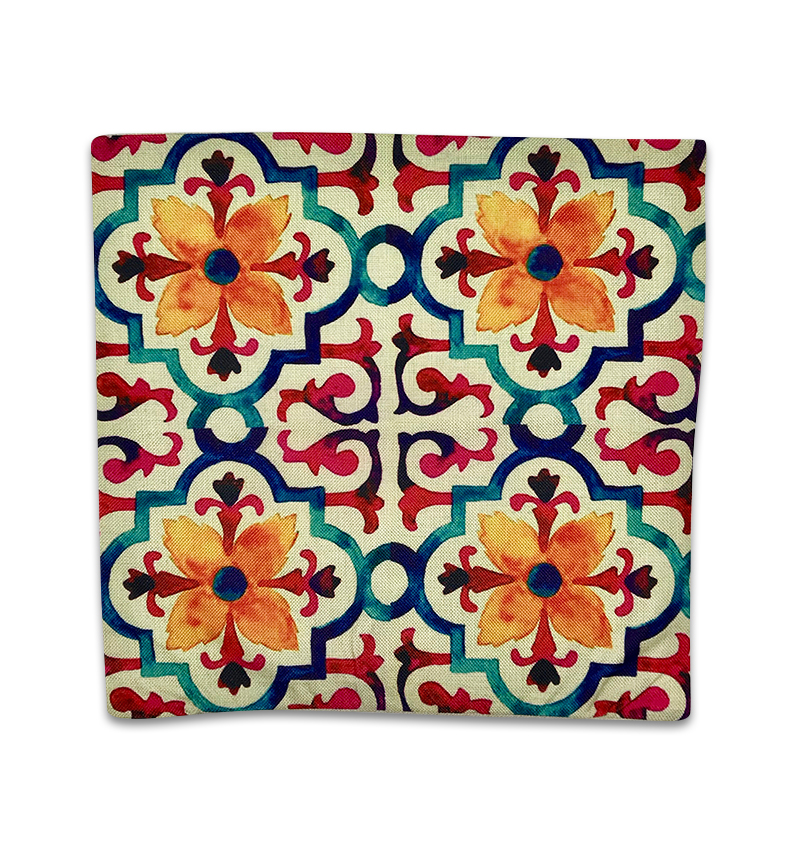
Which is your favourite tea? Do they include any we didn’t mention here? Let us know in the comment section below!






